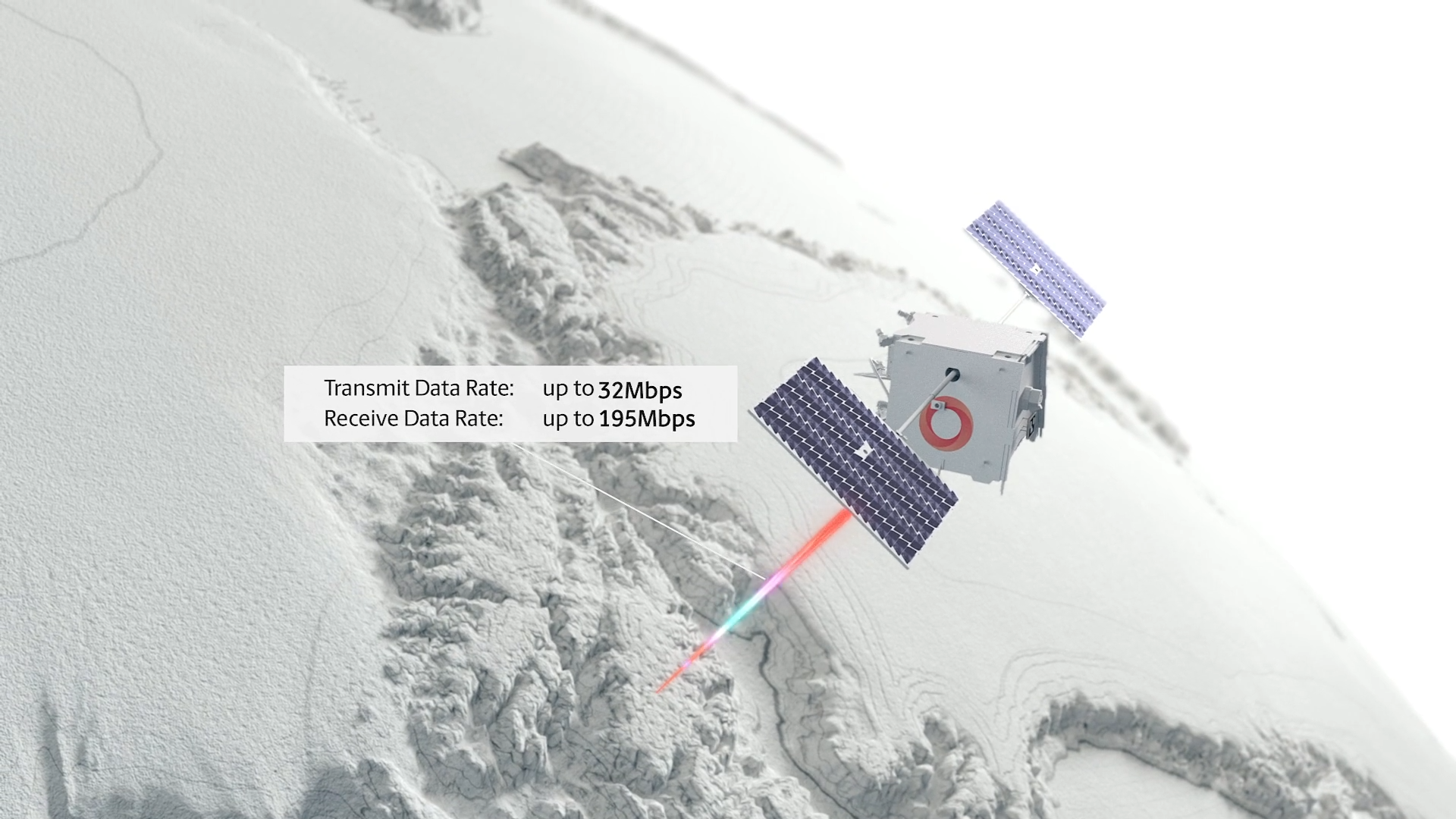Your Guide to Viasat Installation
What to expect when you sign up for Viasat
Apr 6, 2023 | Share
Brand Guides, Equipment Guides
Viasat, like most satellite internet providers, requires professional installation: A technician comes out to your home to set up your equipment. Since this involves climbing on rooftops and aligning sensitive equipment, we kinda think that’s for the best. Let’s walk through the process so you know what to expect on the day of your installation.
Overview
Viasat is typically able to have a technician install your equipment at your home within 3–5 days. On the day of your installation, the technician will arrive with the satellite dish, Viasat router, coaxial cable, and any tools and additional equipment they might need. The technician will do a site survey of your home to determine the possible locations for installation. It’s important to make sure that you communicate with your installer during this process to ensure that you end up with your equipment in a location that works for you.
Where do they put the dish?
Viasat’s technicians help select the best placement for your satellite dish. The main factors affecting your dish placement are where you can get a clear signal and where you want to put your router (like near a home office or another centrally located room). The dish must face south and have a clear view of the sky, unobstructed by trees or buildings. It also can’t be mounted too close to power lines and electrical boxes, so you might have to be flexible with your router placement.
Viasat has a number of different mounts, allowing for dish placement on your roof, the side of your house, or even the top of a secure, freestanding pole placed near the house.
You should make sure to discuss the dish placement with your technician. Depending on your house and its surroundings, there might be several options, or there might be one location that works best. Also talk to your technician about where you want the cable from the dish to enter the house to reduce the amount of cable from the dish to the entry point, as well as to make sure you can put your router where you want.
What happens on the outside?
Once the technician has properly mounted the dish and aligned it with the satellite, they run a cable down the side of your house to the point where it passes inside. Viasat cable runs should be neat and professional, following the lines of the house.
To bring the signal inside your house, the technician drills a small hole to run a cable inside. You want the cable to enter the house in the same room where you want your router setup. There’s a limit to how much cable they can run, so you might have to choose a room closer to the dish.
What happens on the inside?
From the entry point in your wall, the cable can now be connected to your Viasat router. The technician should make sure your service is active and get your router running.
With your router up and running, you can start connecting your devices to your home network.
The Bottom Line
There are both pros and cons to Viasat internet, but when it comes to the installation process, Viasat puts in a lot of effort, and it shows.
Want to see if Viasat internet is available in your location? Enter your zip code below to find out.
Viasat Installation FAQ
Can I self-install Viasat?
How big is a Viasat dish?
How long does a Viasat install take?
Will the satellite dish damage my house?
Is there an option to put the dish somewhere else on my property other than on my house?
Author - Peter Christiansen
Peter Christiansen writes about telecom policy, communications infrastructure, satellite internet, and rural connectivity for HighSpeedInternet.com. Peter holds a PhD in communication from the University of Utah and has been working in tech for over 15 years as a computer programmer, game developer, filmmaker, and writer. His writing has been praised by outlets like Wired, Digital Humanities Now, and the New Statesman.
Editor - Rebecca Lee Armstrong
Rebecca Lee Armstrong has more than six years of experience writing about tech and the internet, with a specialty in hands-on testing. She started writing tech product and service reviews while finishing her BFA in creative writing at the University of Evansville and has found her niche writing about home networking, routers, and internet access at HighSpeedInternet.com. Her work has also been featured on Top Ten Reviews, MacSources, Windows Central, Android Central, Best Company, TechnoFAQ, and iMore.




